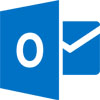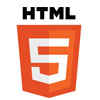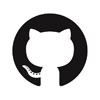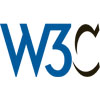IT Info
Understand Trend
Google Play Store Now Supports App Discovery Tags for Developers
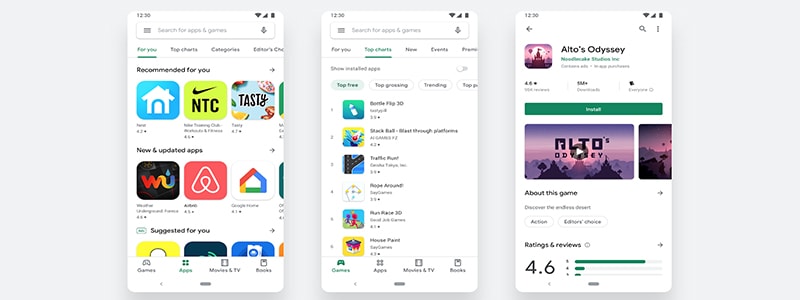
The most popular android app store Google Play, has sprayed this month with exciting updates for its two billion+ monthly active users and app developers.
The most celebrated updates are the visual redesign of Play Store which includes the new navigation bar and the introduction of app tags or keywords for developers. This will help users discover relevant apps with ease. The new navigation bar is placed at the bottom for mobile devices, and on the left for tablets and Chrome OS.
Now, if you care to have your android app listed properly under any of the items (or categories) in the new navigation bar, then you have to consider adding the Play Store Tags to your app through the Google Play Console.
According to the Play Console Guide, developers are advised to choose tags that describe the content and functionality of their app. Google further stated that in deciding what tags to use, developers should go for the most obviously relevant to their app. “It should be very clear to a user unfamiliar with the app why the tag is relevant, based on the store listing or initial in-app experience”.
With a limit of 5 tags, Google gives developers the ability to select a category which houses the tags specified. Categories and tags will then work together to help users easily search and discover the most relevant apps in the Play Store, which could be yours.
Before these updates, Google automatically picks up keyword from your app title and description. However, some developers make the wrong move of adding something like Keywords: keyword1, keyword2, keyword3 to their description which is considered keyword spamming by Google, especially when they add the title, or the developer name of a competing app.
This rule has not changed so much in the use of tags as Google strongly recommends that only the most relevant tags should be added, and we recommend that developers refrain from adding tags that describe competitors, as this might negatively impact their app rankings and visibility in the new Play Store.





